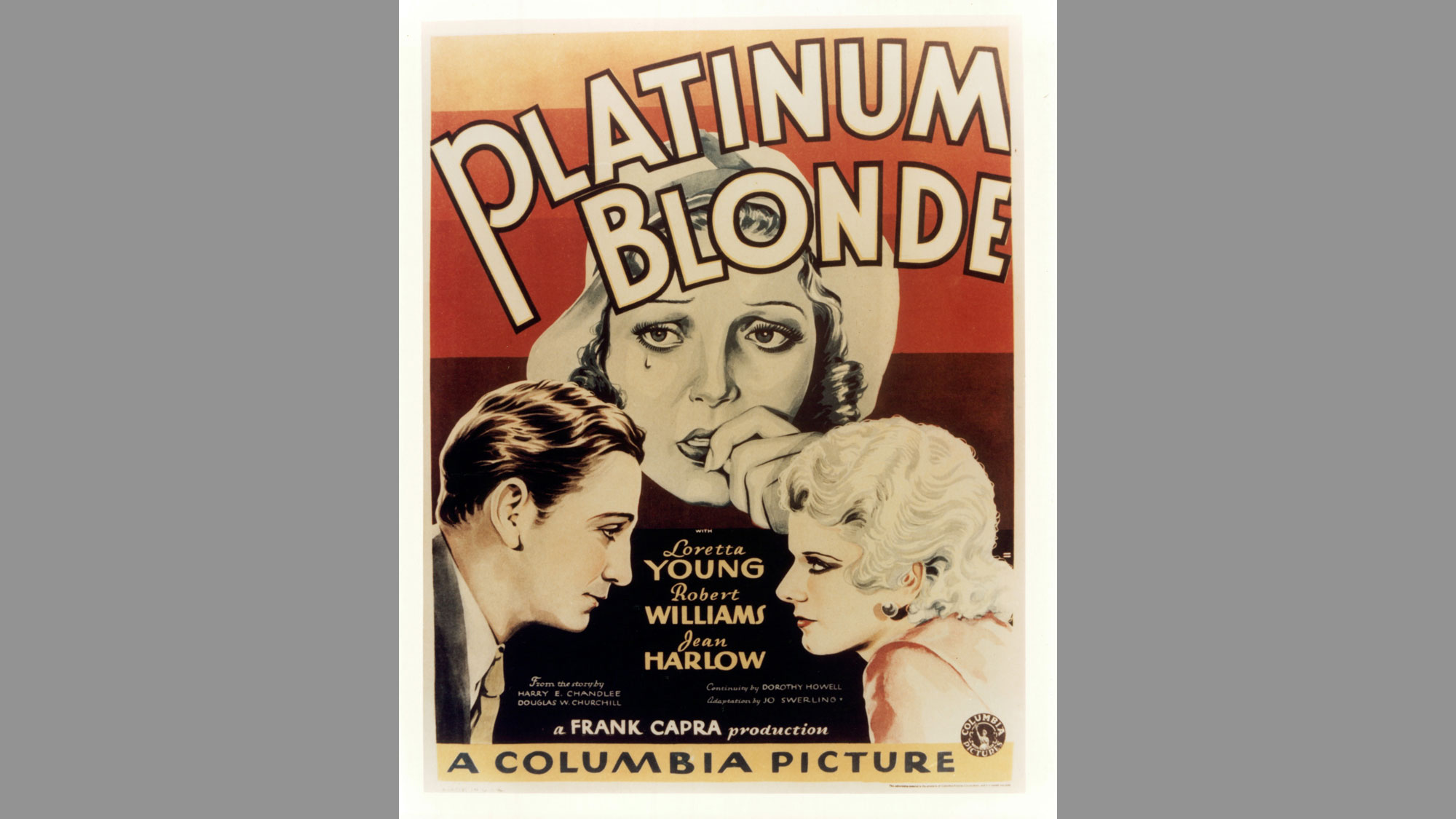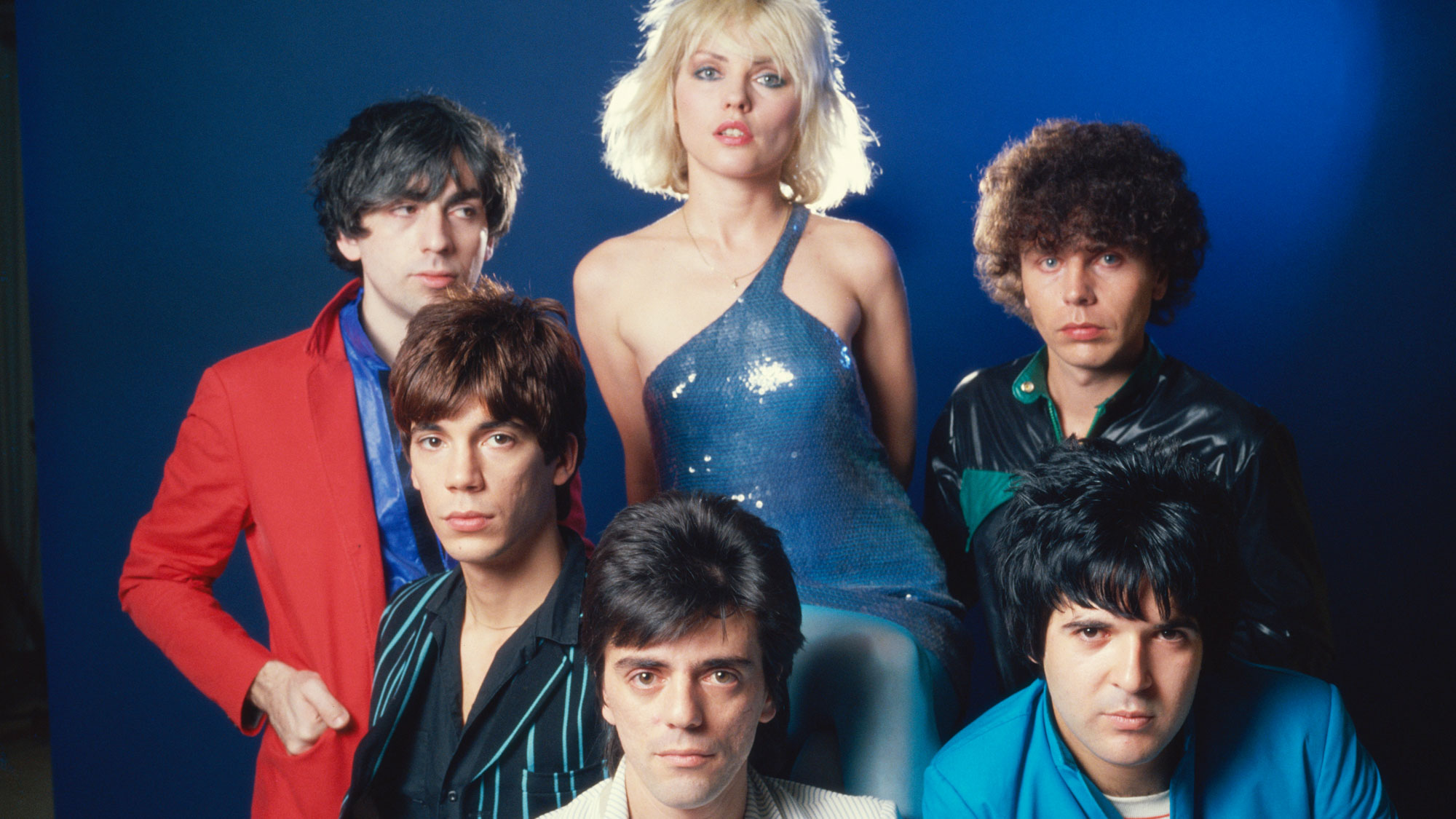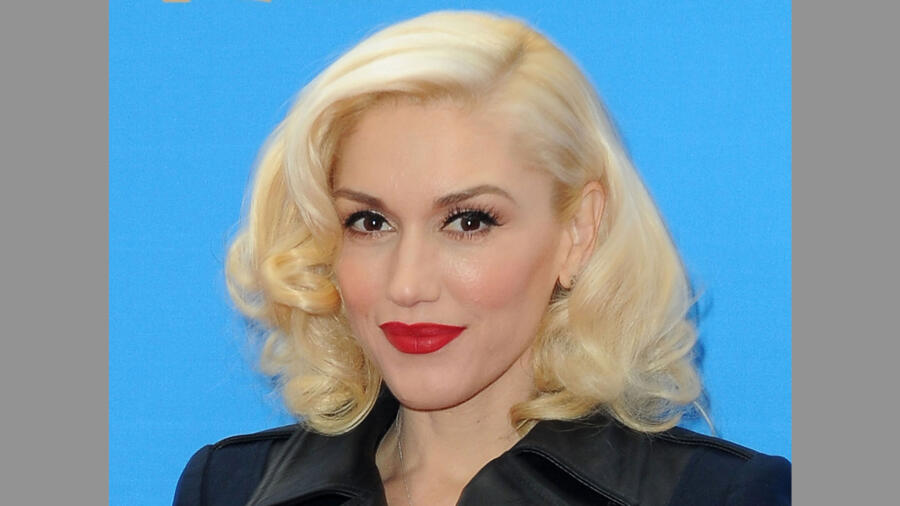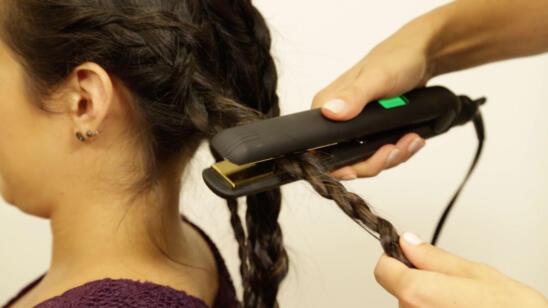Naturally blond hair is the result of a genetic mutation that occurred some 11,000 years ago. It’s said that only around 2 percent of the world’s population is naturally blond — the rest have to fake it.
Hair coloring was already a common practice among ancient societies. The dark-haired ancient Greeks may have been the first to idolize blond hair, starting with the fair tresses of Aphrodite, goddess of beauty. In the early Roman Empire, prostitutes were required to have yellow hair — usually wigs — as a mark of their profession. Later on, as Romans embraced Greek fashions, blond hair became a sign of innocence, desirability and high social standing. Wealthier Romans are thought to have applied gold dust to their hair, while others used crushed yellow flower petals or pollen.
Renaissance Italian women liked to apply a bleach solution known as “aqua bionda” and sit on their balconies in special wide-brimmed hats that shaded their alabaster skin but left their hair exposed to the sun. Hydrogen peroxide was discovered in 1812, but its true hair-bleaching power was unknown until 1867, when it debuted at the Paris Exposition. French chemist Eugene Schueller, founder of the L’Oreal group, developed one of the first professional hair dyes in the early 1900s and sold it to hairdressers, making the practice accessible to more women.
Short, dark hair may have been all the rage in the 1920s, but that all changed in the ‘30s, when the original blonde bombshell exploded onto the scene. Howard Hughes’ publicity director labeled Jean Harlow “Platinum Blonde,” in what is thought to be the first use of the phrase. Harlow claimed to be a natural blonde, but her hairdresser revealed that it took weekly hits of peroxide, ammonia, Clorox and Lux flakes to maintain her sensational whitish hue. This potent concoction later made Harlow’s hair fall out, and may have contributed to her tragically early death at the age of 26.

Jean Harlow, the original “Platinum Blonde,” was known for her flowing locks on the silver screen before she tragically lost her hair. (Photo by Columbia Pictures/Getty Images)
Marilyn Monroe may have been a brunette when she started out, but as a blonde she became an icon. Around the same time, a famous ‘50s Clairol ad campaign — “Does she, or doesn’t she?” — turned hair coloring into a national craze. In 1956, only 7 percent of American women used hair color, but within a few years that figure had jumped to some 50 percent. (Today, it’s around 70 percent.)
What worked in classic Hollywood also worked in the punk rock scene of the ‘70s, when Debbie Harry’s white-blonde mop propelled her band, Blondie, to success. Madonna’s gone platinum more times than you can count, while Christina Aguilera, RuPaul, Mary J. Blige, Eminem, Lady Gaga, Kim Kardashian and Jared Leto have all had their blond moments — some longer than others.

Punk rock band Blondie skyrocketed into success through the edge of their blonde bombshell lead singer, Debbie Harry. (Photo by Maureen Donaldson/Getty Images)
Over the years, overzealous news outlets have repeatedly reported the impending “extinction” of natural blonds. In 2002, for example, multiple news outlets quoted a (non-existent) study by the World Health Organization that predicted they would die out within the next 200 years, due to the fact that men preferred “bottle blond” to natural. The study may have been fake, but history’s love affair with blond hair? That’s 100% real.


